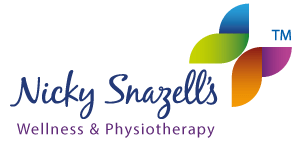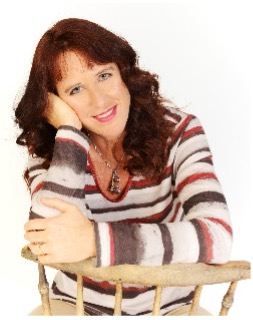
My next book is going to be very important to me. It will probably be my last and it is thus tremendously important to me that I write a book as good as it can be, clearly communicating my message not only to the public, but also those in my profession, whatever their age. I’ve realised that I have a much better chance of achieving this goal, if I recruit the help of my target audience, by getting them on board right at the beginning.
If you think you would like to help, then read on
After writing five books, I’ve recognised for many years that I’ve never truly expressed the purpose of my life’s work. One significant reason is that I’ve always been treated as being a bit unconventional, a bit weird even, and I was fearful that if I opened up completely, I would be exorcised from my profession. In my younger days, my professional body dictated very strict guidelines and most certainly would not have approved of my drive to seek treatment solutions way beyond their boundaries.
In the past I’ve been too scared to lift my head even further above the parapet in fear of being struck off. Yet at the same time, I’m proud that I’ve had the strength to not take the easy path by following the crowd. It was, after all, an experience as a young child where I witnessed the failure of Western medicine to prevent my mother from suffering years of excruciating back pain, which acted as the catalyst to send me on an alternative path. I reasoned at the time that if our Western medicine could not help, then it was only logical to look elsewhere, outside the box.
As I approach the twilight years of my working career, my fear of speaking more openly has subsided, as I really have very little to lose. Much more importantly, there will be others, much younger than I, thirsty to learn, just like I once was, and it would be a terrible waste to never transfer the knowledge and understanding I have worked so hard to learn.
It is thus tremendously important to me that I write a book as good as it can be, clearly communicating my message not only to the public, but also those in my profession, whatever their age. I have realised that I have a much better chance of achieving this goal if I recruit the help of my target audience by getting them on board right at the beginning.
What is my book about?
I have learnt that the ability to heal successfully requires so much more than just physical treatment. Oh so often patients have no understanding of why they suffer ongoing pain, both physical and emotional and nothing seems to help. Most carry emotions and memories buried deep within which bubble up throughout life, the very source of their chronic pain.
From my life’s studies, I have learnt how to use a healing presence, which is so much more than any one particular technique, to overcome those pain antagonists buried within.
I will take you on a journey, via a series of interconnected stories, each based on true patient interactions, and which together slowly uncover how I treat suffering souls.
I have an understanding where I want you to reach and the journey itself needs to be one of providing knowledge and understanding in an enjoyable way. If I can achieve that, then I believe my message is much more likely to be successfully communicated. In my own work I have experienced countless examples of achieving far better outcomes with a combination of conventional treatment and a healing presence. My hope is that this book will allow many others to provide and receive the same benefits.
Your Part
As I release parts of my book, still in draft form, to ‘Nicky’s Book Group’ in Facebook, I hope it will encourage constructive feedback from you, with suggestions on how to improve it, making the message clearer and a more enjoyable read.
If you feel that this is something that you would like to be involved with and to actively contribute, then I would be delighted to welcome you.
Please connect to my clinic's Facebook page with this link:
https://www.facebook.com/groups/1540317436702804/
and request membership to join ‘Nicky’s Book Group’
Thank you for reading this, and I hope to welcome you to my book group soon.
Warm wishes
Nicky Snazell
We have long known that we have both a fight or flight system to deal with danger and an opposing system which calms us and relaxes us when not in danger, called the sympathetic and parasympathetic systems respectively.
However, we have now learnt there is a third system of response to our environment, buried deeply in our ancient heritage. This system switches on when we believe we cannot overcome the danger in front of us. It shuts us down, immobilises our body and prevents meaningful communication. It can be triggered by something happening at that moment, or by a resurfacing memory of a traumatic event earlier in life, possibly all the way back to childhood.
For the therapist this immobilisation means effective communication with the patient is all but halted and it is vital that initially a softer, slower approach is adopted before considering more conventional western medical techniques.
I call this the softer arts of medicine.
Click here to learn more.
Our ancient medical healers worked artistically on an energy system of healing. This included such skills as acupuncture, acupressure, body work like myofascial release, massage, reflexology, shamanic reiki and shiatzu. I like to describe this way of clinical practice as using the softer arts of medicine, where we silently and truly listen to the patient and treat through the body, heart and mind. This approach recognises that the mind receives information about how we feel through the body and through our heart. Equally, when we are experiencing strong emotions, we send messages from the mind, back to the heart and body.
In terms of modern Physiology there are three systems of physical response to our environment.
In other species that often saves lives. For example, if a small rabbit is in the jaws of a large cat and the cat believes the rabbit is dead, instinct tells the predator to drop the dead meat. When the predator disappears, the little rabbit can shake and get up and get out of danger.
When a patient has been traumatised in the past, there arestrong emotions that can be triggered by a therapist’s touch, or even just tone of voice, simply by memory association. Whenthat inner child within us feels fear, like sitting in front of a doctor, therapist or surgeon, we can feel so powerless that our ancient, third system can kick in. We shut down, no longer able to listen or remember anything being said.
What may appear to be a straightforward sports injury or back strain can never be further from the truth
When dealing with those who have been through trauma as a child, a war, or perhaps have witnessed a terrible accident, the softer arts are so useful in gently enabling the person to feel safe. A journey with the softer therapy arts can get us ready for western approaches of stronger physiotherapy exercises,surgical intervention, or stronger medical drugs. That is, once the mind feels safe and can feel well enough to cope.
Hence, this softer approach and the knowledge of treating energy centres called acupuncture points or chakras, accesses a powerful mind-body connection for a better outcome. It is awonderful way of opening the door into people's minds to gently allow them to process emotions and past trauma. An experienced therapist will make the patient feel safe, allowingold traumas and memories, locked away long ago in the body to resurface.
So often, what may appear to be a straightforward sports injury or back strain can never be further from the truth, as it is interwoven with a whole library of emotional baggage. It can be more like an archaeological dig.
Here in the West, we can be very arrogant in our thinking to believe these amazingly simple old ways of healing have no foot hold in science and thus no right to sit within the fraternity of medicine. Thanks, however, to recent clever live functional microscopic scanning techniques of the brain andbody, and especially the previously unseen fascia [the bodies bubble wrap], we have clear scientific evidence which justifies a meaningful relationship. These new discoveries have enabled us to discover that there is a strong correlation between the chakras, the positions of these energy centres in our body and the organs that they are associated with and the nerves that run through the areas.
All just as described by ancient healers.
In a future article I will delve deeper, wearing western scientific glasses, into what we believe these energy centres could be.
If you feel you have a condition which is not improving and this might in part be because of memorised trauma, then call us. We can help.
Call Now 01889 881488 Jean, Erica & Charlotte will be happy to help.
Wellness is an active process through which people pursue healthier habits. The benefits for you? A much more active, vibrant and healthy life. Quite a lot then!
If you like the sound of this, read on…….
I embarked on a search, nearly 35 years ago, for ways to get better long-lasting, pain-relieving results from treatment after witnessing first hand in my own family the inability of our western medicine to heal pain. By definition, if western medicine wasn’t successful enough, I had to look beyond our own medicinal doctrine. This took me on a journey which opened my eyes to knowledge which I could see had real benefits to those in constant pain or suffering with illnesses which could be largely avoided.
Inevitably my communications on alternative ways to treat conditions was met with a mixture of disbelief or derision, quite understandable, as it did not fit with the belief systems of that time. The latter was very much based on the individual being a passive player in their own health with the responsibility left to the medical expert with an adequate supply of pills and the occasional bit of surgery.
Preparing yourself to be in a safer position to survive an NHS waiting list or the next pandemic is a wise choice.
Not deterred, I wrote my first book, ‘The 4 Keys To Health’, in which I presented an approach where the individual was enjoying being actively engaged, for life, in following a regular drumbeat of healthy habits. This I summarised as a Wellness approach. Unfortunately, ‘Wellness’ was at that time still a term commonly filed in the quackery bin and my books gathered dust, mostly unread.
The message contained, however, was as valid then as it is today. The benefits which could be derived by following a Wellness approach are still just as relevant today, if not more so. With the NHS on its knees, there has never been a more momentous need for a good immune system, particularly should another pandemic arrive.
The good news is that Wellness is now a term firmly embedded in our culture, evidenced in the explosion of wellness clinics and the ever-increasing number of TV programs now introducing the very same topics I learnt about and enthused over 10 to 30 years ago.
Perhaps though, if I may suggest, the benefits are even larger now, as our nation’s health and that of our children, is not going in the right direction. Yes, life expectancy is increasing, but healthy life expectancy is not keeping pace, so the expectation is that a larger proportion of our lives will be lived in ill health, a slow painful experience due to lack of healthy habits and a dangerously lazy need to pursue comfort.
Who, in their right mind, would want this? Well nobody of course, but here comes the Achilles heel.
You must take responsibility for your own health and teach your children to do the same. Accept that your health is your responsibility and nobody else’s.
Not deterred, I wrote my first book, ‘The 4 Keys To Health’, in which I presented an approach where the individual was enjoying being actively engaged, for life, in following a regular drumbeat of healthy habits. This I summarised as a Wellness approach. Unfortunately, ‘Wellness’ was at that time still a term commonly filed in the quackery bin and my books gathered dust, mostly unread.
The message contained, however, was as valid then as it is today. The benefits which could be derived by following a Wellness approach are still just as relevant today, if not more so. With the NHS on its knees, there has never been a more momentous need for a good immune system, particularly should another pandemic arrive.
The good news is that Wellness is now a term firmly embedded in our culture, evidenced in the explosion of wellness clinics and the ever-increasing number of TV programs now introducing the very same topics I learnt about and enthused over 10 to 30 years ago.
Perhaps though, if I may suggest, the benefits are even larger now, as our nation’s health and that of our children, is not going in the right direction. Yes, life expectancy is increasing, but healthy life expectancy is not keeping pace, so the expectation is that a larger proportion of our lives will be lived in ill health, a slow painful experience due to lack of healthy habits and a dangerously lazy need to pursue comfort.
Who, in their right mind, would want this? Well nobody of course, but here comes the Achilles heel.
If you would like help on how to improve your health, then call now. We can help Call Now 01889 881488 Jean, Erica & Charlotte will be happy to help.
The knee joint is a complex structure that is made up of 3 main bones: the shin bone (tibia), the thigh bone (femur), and the knee cap (patella). The knee joint keeps these bones in place and is vital for movement. It is also one of the most stressed joints in the body, leaving it more vulnerable to injury.
Read on
Each of the ends of the bones in the knees is covered in cartilage to protect the bones and let the joint move smoothly. Between the bones, there are 2 pieces of cartilage called menisci. These are the knee's shock absorbers and help cushion the joint from impact.
The knee joint is held together by ligaments, muscles and their tendons.
There are four main ligaments in the knee:
- The anterior cruciate ligament (ACL)
- The posterior cruciate ligament (PCL)
- The medial collateral ligament (MCL)
- The lateral collateral ligament (LCL)
The cruciate ligaments help limit sideways movement of the joint and support against unusual movement. The collateral ligaments control back-and-forth movement in the joint.
The primary action of the quad muscles at the front of the thigh, is to straighten the leg at the knee. These four strong muscles all connect to the top of the knee cap via a tendon (suprapatellar tendon). Overuse of this tendon – or local trauma – can cause inflammation of the tendon, called tendinitis, plus inflammation of the bursa under the tendon, called bursitis.
Another bursa is located under the tendon connecting the knee cap to the shin bone, the infrapatellar tendon. This area is prone to injury from any biomechanical misalignment. Inflammation of the infrapatellar bursa is also known as ‘clergyman’s knee’, due to excessive kneeling
Common Injuries In The Knee
The knees are frequently injured due to the stress of frequent starts, stops twists and turns applied to the joint during exercise.
Ligament Injuries
The most common injury in the knee is a ligament injury. This normally occurs from an accident, whether a slip, trip or fall. The ligaments’ main role is to stabilise the knee, so if the knee experiences a sudden twisting motion, a rapid change in direction, or an incorrect landing from a jump, this may cause a ligament injury. Sometimes you can hear a pop, or a snap followed by swelling and a loss of range of motion. It is important to see a physiotherapist/ sports therapist who can examine your knee to diagnose which ligament is damaged and how badly, so we can treat it sooner rather than later.
Meniscus damage
Another common injury is to the meniscus (shock absorbers) of the knee. This can happen from general aging where the meniscus has become weak and tears after an awkward turn during normal day to day activities. Or it can happen during sports where the knee twists and pivots. You will normally feel pain, stiffness, locking and a decreased range of motion.
Meniscus damage can take time to heal and can get worse over time if it isn’t treated properly by a physiotherapist/ sports therapist. It is crucial to have a proper assessment to determine the best course of action.
Overuse injuries are also common including ‘runners’ knee’ or osteoarthritis.
Runner’s knee
This injury is common in runners and cyclists. You often have a dull pain around the front of the knee and can feel like a rubbing, grinding, or clicking sound in the knee cap. Your physiotherapist/sports therapist can help treat runners’ knee through a combination of massage and acupuncture. This will help relieve some of the pain and break that viscous cycle.
Osteoarthritis
This is another wear and tear problem for the cartilage in the knee. It causes the cartilage to thin and the surfaces of the joint to become rougher, which means that the knee doesn’t move as smoothly as it should, causing it to feel painful and stiff. It may be aggravated by poor biomechanics, previous injuries, overuse, or the simple effect of years of living. The symptoms can be relieved through orthotics, exercise, and pain-relieving treatments.
Excess Weight
In normal walking the knees are in front of and behind the torso of the body, where most body weight resides. This means that your body weight exerts leverage on the knee, in exactly the same way a spanner does on a nut. That leverage creates four times your body weight on your knees, just from walking.
That leverage increases to a multiple of nine when we squat, so every extra stone puts nine extra stones on the knees.
If we carry excess weight, it will be the knees that will suffer the most
Looking after yourself and keeping healthy will most likely keep your knees healthy too. Getting help sooner rather than later will also help massively with recovery time and getting you back to your day-to-day pain-free activities.
If you are suffering with knee problems, you really need to see a physiotherapist / sports therapist to correctly diagnose and then provide the best treatment possible.
Call 01889 881488 Now
Erica, Jean and Charlotte will be happy to help
Can a disc slip? The simple answer is no.
It’s a layman’s term that is unfortunately very misleading.
“My disc has slipped out, can you put it back in” is not an uncommon conversation opener on the telephone. Of course, it’s quite difficult then to get the caller to understand that this can’t actually happen.
If you want to understand more about the spine’s anatomy and how we can help, then read on
Let’s look at the spine’s anatomy and in particular the role of the disc.
The spine is made up of 7 cervical (neck) bones called vertebrae, 12 thoracic (middle) vertebrae and 5 lumbar (lower) vertebrae. The top 2 vertebrae in the neck are a little bit different, so putting those to one side, between each pair of the remaining vertebrae there is a disc, the purpose of which is to provide shock absorption and allow movement. The disc itself is attached strongly to the vertebrae and cannot slip out.
- Disc
- Vertebrae
- Disc bulge compressing spinal column
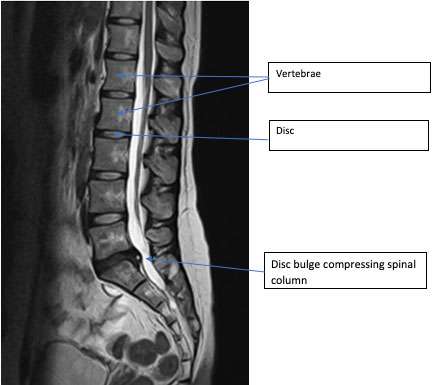
A disc is made up of a tough fibrous structure on the outside, layered in exactly the same way we make cross ply tyres. On the inside there is a soft, crab paste like moist material. As we age this tends to dry out. There are also end plates in contact with the vertebrae.
The disc is 70% to 90% water, so making sure you are well hydrated is very important to disc health.
There are two major types of damage to these discs. The first is when the disc is overloaded sufficiently to cause a protrusion, or bulge in the outer wall, as in the MRI above. This is similar to what you see on the side of a car tyre when it has hit a curb. Sometimes this is referred to as a slipped disc. It’s not possible to just push the bulge back in, but specific exercises can help to relocate this and over time the disc may heal itself.
The second, and more serious damage is when the overload has been sufficient to rupture the outer fibrous structure and force the inner material to squeeze out. This is called a herniated or ruptured disc.
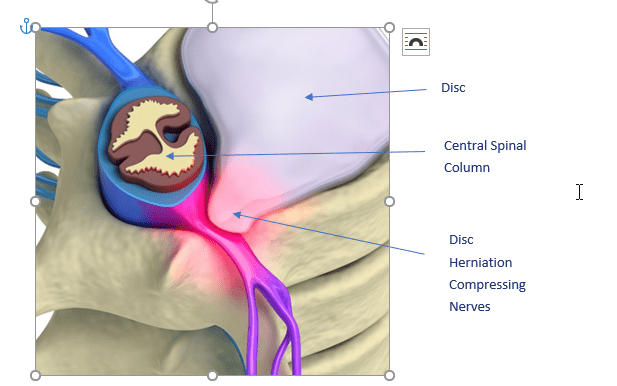
What Are The Implications Of A Disc Bulge Or Herniated Disc?
A disc bulge will cause pain if it is central and compresses the central spinal column, or if it bulges to one side into the exiting nerves. In either case, if the compression is significant enough, it will cause pain and / or numbness and weakness and possibly loss of control in the limbs.
If the disc bulge is central it could cause problems down both sides of the body. If the bulge is on one side, it will only cause problems on that side.
If the disc has been ruptured, or herniated, the same problems with compression of the central spinal column and exiting nerves can occur. In addition, if chemicals from the inside of the disc come into contact with the nerves, it can cause severe pain even without any compression of the nerves. In such cases a course of anti-inflammatories will most likely be prescribed.
Can Physiotherapy Treat A Disc Bulge or Herniated Disc?
In many cases a bulging disc and a herniated disc will over time heal itself. The time required may depend on the severity of the problem and may take from weeks to months to resolve. Physiotherapy treatment can help reduce the pain much more quickly. The key is to get an accurate diagnosis through a physiotherapy assessment, possibly needing an X-ray or MRI. Treatment can include specific exercises to help reduce the bulge, Gunn IMS dry needling, electro- acupuncture, laser, shockwave, core stability rehab and postural rehab. Manipulation is contra indicated. In severe cases, surgery may be needed.
If you have suffered a recent back injury or had a long term problem then it’s advisable to get your condition assessed and treated. We have extensive skills in treating spinal pain and clients travel from all over the UK and abroad to seek our help.
If you are in pain, we can help CALL NOW 01889 881488 Jean, Erica or Charlotte will be happy to help.
Retirement and getting older are inextricably linked, but ageing does not have to be. The latest research is getting closer to not only slowing but potentially reversing the ageing process.
(First published Daily Telegraph 19th August 2023)
"Most people, if asked would they like to live longer, would say no because they are fearful of extending their suffering in old age. But what if living longer and healthier was a reality? Most would undoubtedly jump at the chance.
The good news is that our knowledge of the ageing process is rapidly increasing, helped by advances in AI. Every day we are getting closer to reversing the ageing process, and the benefits will be extending our healthy lifespan, making a long, active and youthful retirement a reality.
Since I wrote my first book, ‘The 4 Keys To Health’, there have been massive strides forward in our understanding of how our bodies and minds work. Not surprisingly, this makes the whole subject of ageing a complicated puzzle, and as always, there are differing views. Thus, for the layman, finding the optimal pathway through this minefield is a near-impossible task.
My aim, therefore, is to provide a simplified and easily digestible roadmap for all by incorporating the latest knowledge in my 4 keys health model, and I will incorporate this in the second edition of my 4 Keys To Health book. In the meantime, I am available for consultation for those who wish to make positive changes now that can provide benefits later in life."
This article was featured in the Telegraph, if you are looking for help in your retirement, please consider speaking with Nicky and the team - Contact us here.
Lowri Walker Joins The Team At Nicky Snazell’s Wellness & Physiotherapy Clinic
We are delighted that Lowri Walker has recently joined our physio team. She brings with her a masters in physiotherapy and a very competitive spirit, having Captained the England University Football Team and played for both Wolves & Aston Villa.
 Hello! I’m Lowri, I graduated from the University of Birmingham with a Masters in Physiotherapy in 2021 following an undergraduate programme of Sport and Exercise Science beforehand.
Hello! I’m Lowri, I graduated from the University of Birmingham with a Masters in Physiotherapy in 2021 following an undergraduate programme of Sport and Exercise Science beforehand.
I first got into physiotherapy after suffering many little injuries growing up as I was playing a lot of football. I was fascinated with how everything was connected and how effective simple treatments could be. However, I wanted to get a general basis of knowledge and learn about the science, biomechanics and physiology before jumping into physio straight away. I worked in the NHS for seven months before moving to a private clinic to treat patients from a sport and leisure background over the last year or so. I now find myself here at Nicky Snazell’s, where I treat a wide variety of injuries, sports injuries and pains. I enjoy working with sports injuries, chronic conditions and anything musculoskeletal to be quite honest! I grew up in a seaside town where everybody knows everyone, so I find it easy to talk to people and build strong rapport, which I find helpful in treating injuries. I like to take a holistic approach when it comes to treating patients, I often think outside of the box and sometimes, the smallest changes in our lives make the most significant impact.
Outside of work, you’ll find me in the gym or on the football pitch (when I am not injured myself, ha!), previously having played at Aston Villa Women and Wolves Women. A highlight in my career was scoring a bicycle kick against West Brom. You will be glad to know I am a Liverpool fan, though. I also work with high-performing young athletes at a University, with a main focus sport being Judo. I also enjoy spending time with family, friends and walking the dog.
This article discusses why resistance bands are ideal for physiotherapy and muscle toning and what you need to consider. In addition, we explain why bands are an excellent tool for assisting your healing and ongoing wellness.
Post and during physiotherapy, Pain Relief Clinic sometimes recommend resistance bands because they support the healing process by allowing gentle extension of limbs and joints under slight tension. We find this is particularly true of swimmers, Tennis and Rugby players. In addition, the movements do not need to be lateral, like those we get from hand weights, which is essential because many recovery exercises, such as the shoulder, sometimes ankles, and knees, can be more rotational, and bands can support this.
Completing sports massage before using bands can also help. Sports massage manipulates the area, improves blood flow, promotes movement, and loosens the joints, so using it in conjunction with resistance bands can shorten recovery and aids healing.
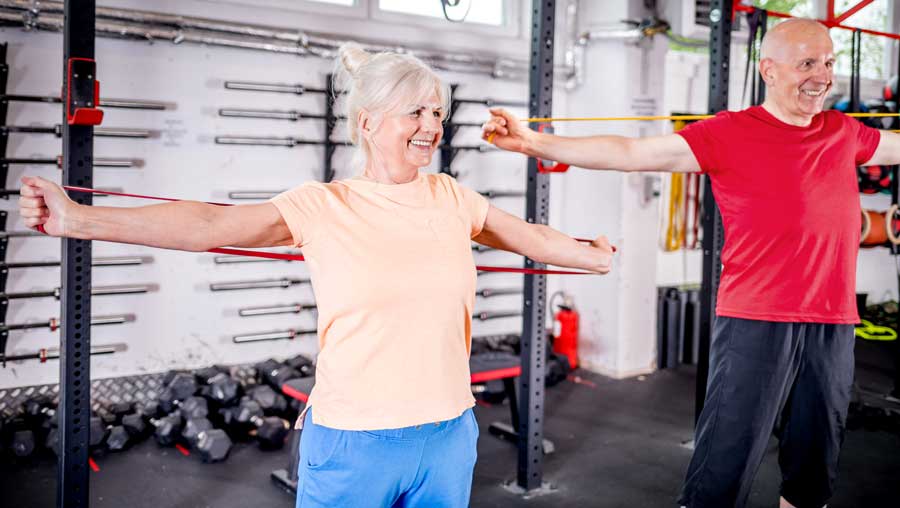
Here are five reasons to use a resistance band for physiotherapy
One - They are light, so post-manipulation or during recovery, handling the weight of a band is easier than a hand weight. The range of exercises is surprisingly high; here are some examples from Mirafit. However, make sure you ask your physiotherapist for specific activities aligned with your condition and refer to the example exercises once you are back to strength.
Two - Resistance bands are low cost, so they are ideal for clients who may only need them for a short time. The cost of bands vs other equipment makes them an excellent solution for any budget. In addition, they are cost-effective for suppliers to send and deliver.
Three - You can put them in your bag or pocket, and being able to transport the bands so easily means if you need to do stretches at work or while away on holiday or business, you can. Bands roll up into almost nothing. So they are an ideal conditional exercise tool.
Four - There are various resistance levels as you recover, so choosing a pack with multiple resistances means selecting the band's intensity with whatever your physiotherapist recommends or you are comfortable using.
Five - Controlled movement, when recovering from injury, the best types of activity are controlled and not jerky. You can ease into the movement and repeat to build muscle tone and strength with bands. It is better to go lighter and then gently increase to heavier bands. Doing this limits the chance of pushing yourself too quickly and hindering recovery.
What to look for in resistance bands
Choosing a resistance band can be a challenge. However, if you want to use brands for exercise beyond recovery, then packs can be helpful, as you receive a range of strengths for building strength and muscle tone.
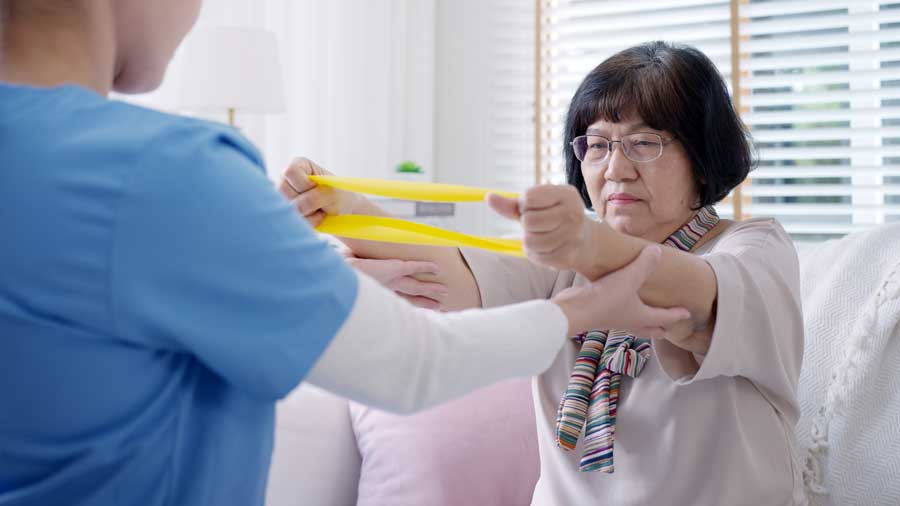
Why is muscle tone important?
It is essential because muscle tone supports the joints and skeletal structures, reducing wear and tear on joints. Muscle tone from exercise is even more critical as we age for general health. Cardiovascular and mental health are said to be improved by exercise. Bands can help enhance suppleness, resulting in greater mobility and joint health. For wellness, Pain Relief Clinic provides a health maintenance plan for regular checkups. We also cover sports injuries, so if you have questions about sports injuries, please use the page to find out more.
Summary
Resistance bands are a superbly versatile exercise solution ideal for recovery, tone and building muscle in a controlled fashion. Remember, this should be under supervision, with instruction from a trained professional, such as your physiotherapist.
If you are in pain or are looking for answers on improving your tone and general health, contact Erica and the team to make an appointment with us in our beautiful Stafford clinic, where we will welcome you to discuss your needs and work to resolve any pain you might have.
If you found this helpful article, check out our other health blogs,
also available on the website.
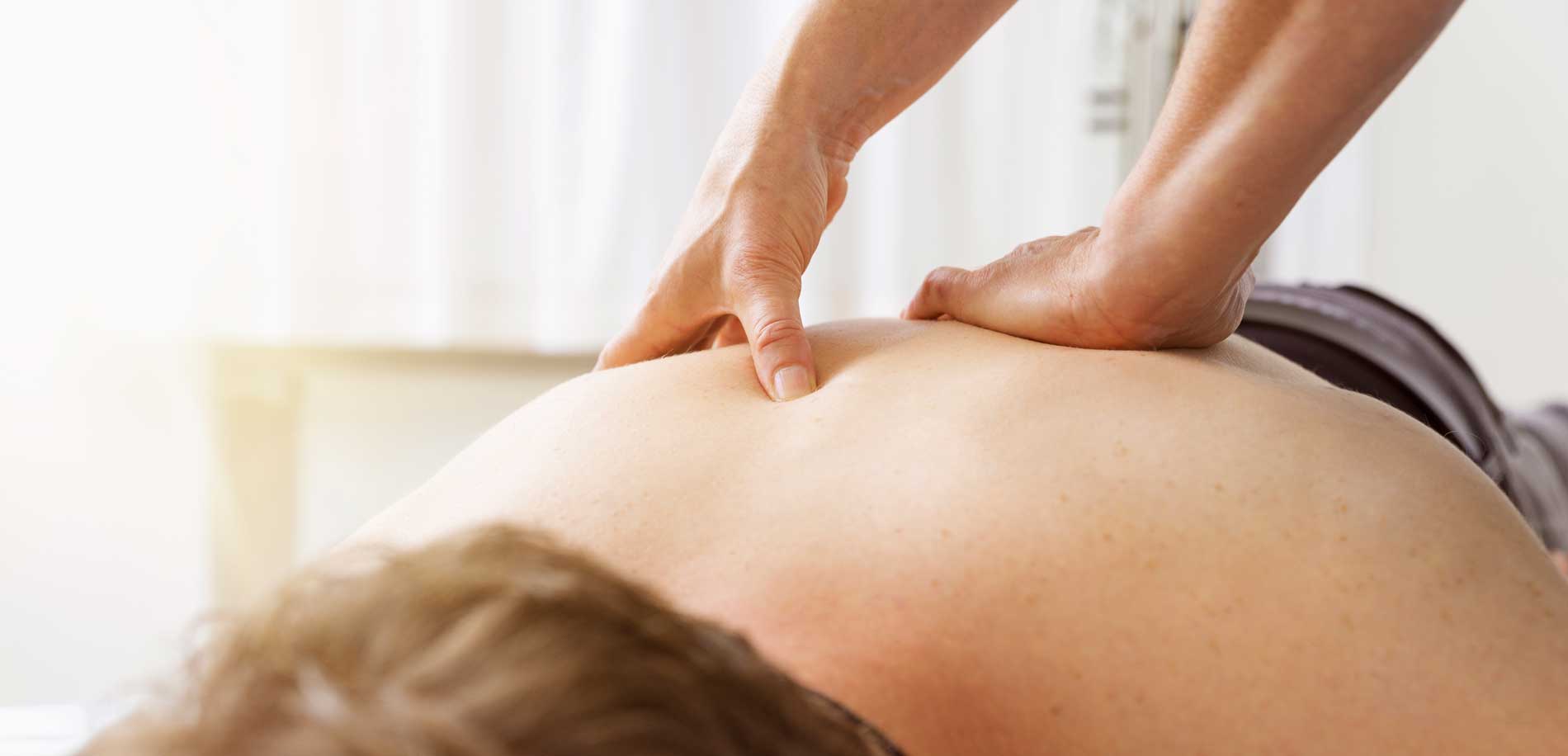
In this article, we outline massage therapy and what it is. We discuss the types of massage and provide links to other pages which make for useful reading.
What is massage therapy?
Massage therapy is a general term for massage, although sometimes therapy describes more purposeful massage which can be associated with Sports Massage, if you are interested in this type of massage therapy visit our Sports Massage page.
- Sports massage - is designed to manipulate the area of pain to promote recovery and blood flow. This can be specific areas determined by need.
- Facial massage - works around the head and face, the neck
- Full body massage - As described, is more of a full experience. It is more spiritual and focused on wellness.
In this article, we outline massage therapy and what it is. We discuss the types of massage and provide links to other pages which make for useful reading.
Why is massage a therapy?
Massage is a therapy because it has healing properties and is conducted by trained professionals to UK standards. This is to ensure that the therapy is provided in the right ways for the right issues. Your trained professional will ensure that you receive the best therapy for your condition and your needs.
Who uses massage therapy?
Anyone can benefit from massage therapy, regular people, the elderly, and sportsmen and women. Massage can help them all, by conditioning muscles and joints, loosening tense areas and tightness that could otherwise become a longer-term issue. Massage can help reduce the cause of pain, and it can prevent injury by promoting suppleness and movement.
How can I book massage therapy?
Simply get in touch with us and we can book you in for your first session, where we can discuss your needs and arrange a schedule to provide you with the best massage therapy for your individual situation.
You can also call us on 01889 881 488
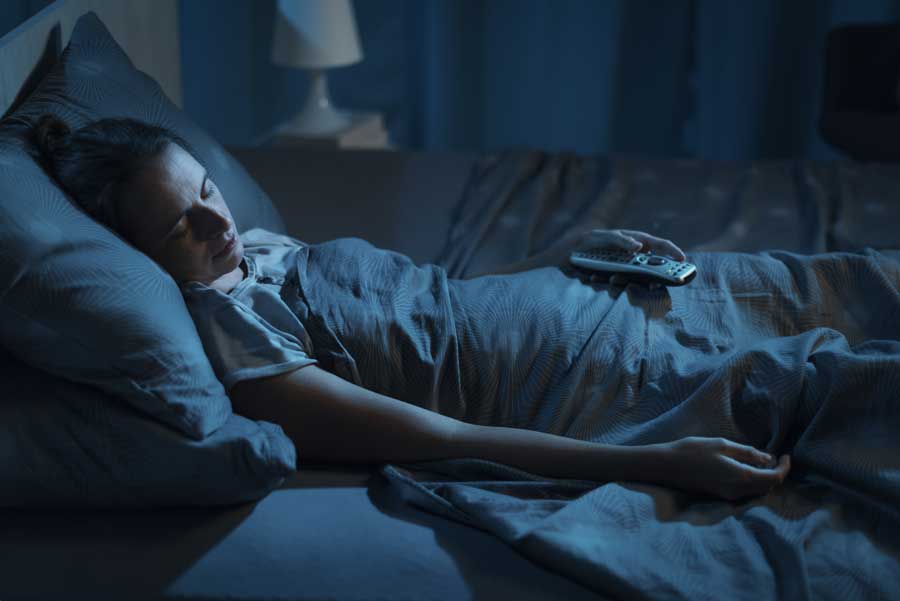
Who doesn't love the feeling of a good night’s kip?
Yet, many of us complain either of not getting ENOUGH sleep or good enough QUALITY of sleep to have us springing out of bed like a child on Christmas morning, ready to take on the day.
While sleep is far too complex a topic to sum up in numbers only, being aware of some of the basic statistics about sleep can help you to grasp just how prevalent a problem sleep deprivation is, and how a lack of Z’s can have a much wider impact on your health than you may expect.
the stats
- Approximately 10-30% of adults struggle with ‘chronic insomnia’, rising to 30-48% in older adults
- Women are 40% more likely to experience chronic sleep deprivation relative to their male counterparts
- 5 million Brits routinely have less than 5 hours of sleep per night
- Over £40 billion is lost to the economy annually due to sleep deprivation
- In a 2007 study of 10,000 people, those with insomnia were five times as likely to develop depression as those without.
- According to a 2004 study, people who sleep less than six hours a day were almost 30 percent more likely to become obese than those who slept seven to nine hours.
WHY IS SLEEP SO IMPORTANT?
Other than feeling energised and well rested, sleep is CRUCIAL for a number of our bodily processes, including ‘cognitive processing’ (the organising and retaining information), hormonal rebalancing and growth and repair, to name a few.
As physios, we are primarily interested in a hormone called ‘growth hormone’, which gets released into the blood stream during REM (Rapid Eye Movement) sleep to help repair soft tissue structures all around the body. Routine disruption to your sleep cycle therefore, doesn’t just leave you feeling dog-tired; it can also have a significant impact how well you heal from injury, and can adversely affect subsequent pain levels.
WHAT IS GOOD ‘QUALITY’ SLEEP?
The recommended number of sleep hours for the average adult is 7-9 hours, but why is this so universal?
Sleep as a process can be broken down into 4 key stages, with a whole cycle taking approximately 4 hours to complete. For optimal sleep, it is recognised that most people need to complete 2 full sleep cycles per night, ideally undisturbed!
When we consider 3am trips to the bathroom, snoring partners, pets in the bed, late night working, and too much caffeine, that earlier statistic doesn’t appear to be so shocking now does it?
So what can you do to set yourself up for sleep success?...
TOP 5 TIPS FOR A GREAT SLEEP
To set yourself up for a great night sleep, it’s best to think of easy and manageable changes you can make immediately to help your tune into your body and brain clock.
- Set a firm time for sleep and for waking
Setting a firm routine for when you go to bed and when you wake isn’t just for children. Following a set time, across a 7 day week, helps to tune your body and brain clock into a regular rhythm, signalling when it’s time to sleep and when to rise. After some time, this rhythm becomes engrained, making it automatic.
- Check your room temperature
When asleep, our body temperature naturally reduces by 1-2 degrees, therefore ‘overheating’ can be a common cause of sleep disruption. Turning your bedroom temperature down to an optimal 18 degrees avoids disturbance to your sleep by keeping your body temperature more stable.
- Utilise your sense of smell
Certain smells can help to induce sleepiness. Placing calming smells like lavender (pillow spray, essential oils) in the sleep environment / bedroom can help to trick your brain into winding down for sleep.
- Don’t eat at least 2 hours before bed
Ingesting food close to bedtime signals “wakefulness” to the body/brain, as there is now a need for food to be digested. Where possible, have your last mouthful 2-3 hours prior to sleep, which includes milk in coffee/tea.
- The two S’s rule
Your brain makes connections between spaces and activity. Try and utilise the bedroom for the two S’s - sleep and sex only. Where possible, keep laptops, iPads and mobiles out of the bedroom to limit the temptation for late night working/ scrolling.
If your poor sleep is due to Pain through back, legs, hips or neck for example then you can consider seeing a Physiotherapist at Pain Relief Clinic to help relieve this pain for more undisturbed sleep.
If you are stressed, then you can also consider a massage at our Stafford clinic.
